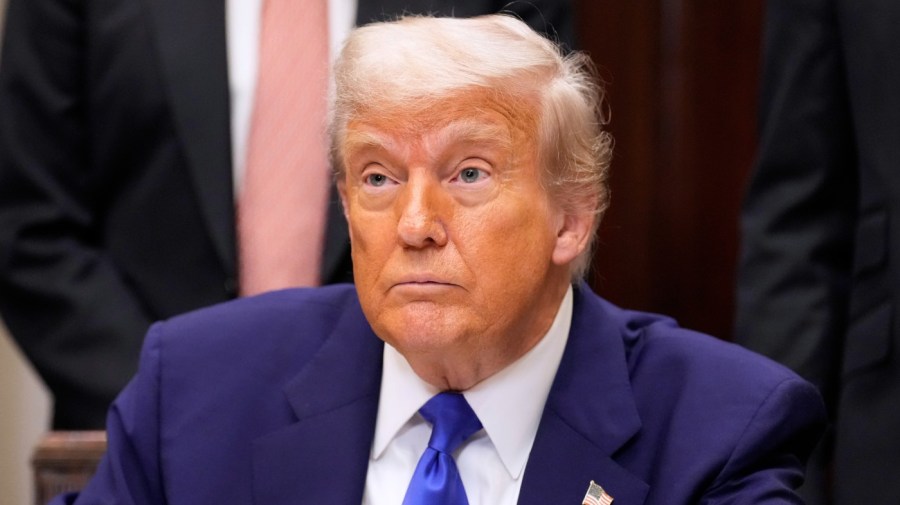President Donald Trump signed an executive order on Monday aimed at slashing prescription drug prices in the U.S. that could lead to the capping of prices at a level equivalent to the cost in similar nations.
The U.S. has paid more than other similarly wealthy countries for prescription drugs for decades, with a 2024 study conducted by the Rand Corporation, a public policy think tank, finding that Americans in general pay 2.78 times more for prescription drugs than 33 other nations.
Under the executive order, Trump will roll out a “most favored nation” policy which, he hopes, will allow the U.S. to pay for prescription drugs at the same price as “the Nation at pays the lowest price anywhere in the World.”
“Basically, what we are doing is equalizing,” Trump said during a press conference on Monday. “We’re all going to pay the same.”
The executive order directs the Department of Commerce and the U.S. Trade Representative Jamieson Greer to take “all appropriate action” against “unreasonable and discriminatory” policies in foreign countries that suppress drug prices abroad, according to a White House official.
It also directs Health and Human Services Secretary Robert F. Kennedy Jr. to set “clear targets” for prescription drug and pharmaceutical price reductions within 30 days.
This, Trump hopes, will open a round of negotiations between the agency and the pharmaceutical and prescription drug industries to knock down drug prices.
But if nothing comes of those talks, Kennedy will then impose a “most favored nation” pricing model capping U.S. prices at the lowest rates paid by other similarly wealthy countries.
The Food and Drug Administration will also consider expanding drug importation from other countries besides Canada where drug prices are often cheaper, White House officials during a phone call to reporters.
The Department of Justice and Federal Trade Commission will enforce anti-competitive actions that contribute to high drug prices in the U.S., White House officials said. The Department of Commerce could also consider export restrictions that enable low pricing abroad, they added.
Trump tried to implement a similar policy to lower drug prices during his first term, which was blocked by a federal judge in 2020. This time around, the policy encompasses a broader set of federal actions.
Trump said that moves will hopefully knock down drug prices by 59 percent, in a post to the social media platform X.
He then added during a press conference Monday that drug prices could be reduced by between “59 and 80 and I guess even 90 percent.”
White House officials did not say which drugs will be subject to price cuts under the policy, but said Americans could expect GLP-1 agonists, which include weight loss drugs like Wegovy, Ozempic and Mounjaro to be among those subject to the plan.
Last month, the Trump administration rejected a Biden-era plan that would have required Medicaid and Medicare to cover the weight loss drugs, which could have expanded access. The plan would have also potentially saved the federal government about $35 billion over 10 years, according to estimates from The Congressional Budget Office.
White House officials said that they expect drug prices to begin to come down almost immediately since they anticipate drug manufacturers will work quickly with the administration to lower costs.
“The president is dead serious about lowering drug prices,” officials said.

